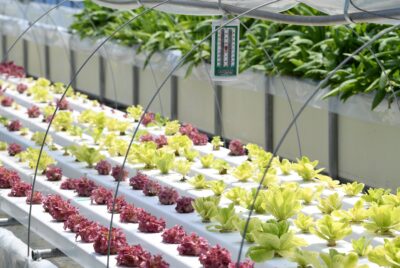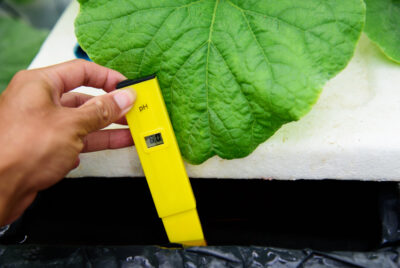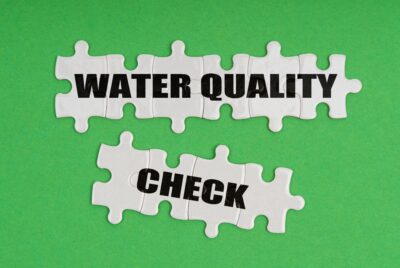Kratky Method
We may earn a commision from purchases made using our links. Please see our disclosure to learn more.
Kratky Method: The Future of Hydroponics.
Hey there, fellow gardening enthusiasts! Firstly, I’d like to take you on a journey to explore the Kratky Method – a revolutionary passive hydroponics technique that has captured my heart and countless others.
Introduction to the Kratky Method
Brief history
This ingenious passive hydroponic system was developed by Dr. Bernard Kratky. Moreover, it’s a simple yet highly effective way to grow plants without the hustle and bustle of traditional hydroponics systems.
Why it stands out?
It’s all about ditching the pumps and letting nature do its thing. So, are you intrigued?
The Science Behind the Kratky Method
To begin with, the science here is utterly fascinating. Here’s why:
Understanding passive hydroponics
Unlike conventional hydroponics, which depends on pumps and timers, this passive hydroponic system allows plants to absorb water and nutrients at their own pace. In other words, it’s like a plant drinking a glass of water whenever it’s thirsty.
The role of oxygen in plant growth
In this method, as the water level decreases, the plant roots get more oxygen, aiding faster growth. For instance, it’s like giving your plants a gym membership!
Nutrient delivery and absorption
The nutrient-rich water solution feeds the plant just the right amount. Additionally, there’s no overfeeding or underfeeding – it’s like a balanced diet for our green buddies.
Step-by-Step Guide to Implement this Passive Aquaculture Technique
Ready to jump in? Here’s how:
Materials you’ll need
- A container
- Hydroponic fertilizer
- Seedlings or plants
- A growing medium like coconut coir or perlite
- pH testing kit
Setting up your system
Firstly, fill the container with water and mix in the nutrients.
Then, check and adjust the pH level, aiming for 5.5-7.0.
Next, place the seedlings or plants in the growing medium.
Finally, let the magic happen!
Monitoring and maintenance
As you move forward, keep an eye on the water level and nutrient solution. After all, balance is key.
Benefits of the Kratky Method
Why am I such a huge fan? Well, here’s why:
Simplicity and cost-effectiveness
No pumps or electricity. Furthermore, it’s gardening made simple and affordable.
Less dependency on electricity
Especially in places with power interruptions, this method is perfect. Your plants won’t even notice!
Environment-friendly
Besides using less water, there’s also no noise pollution from pumps.
Potential Challenges and Solutions for the Kratky Method
Of course, there are challenges. However, where’s the fun without them?
Addressing algae growth
To tackle this, keep the container opaque. Remember, algae love sunlight!
Ensuring nutrient balance
On the other hand, regularly check the nutrient concentration and pH with the correct hydroponic instrument. Because, a plant’s gotta eat, right?
Tips for optimal results
Lastly, always use quality nutrients and watch out for pests. In conclusion, love your plants!
Personal Experience and Insights
My journey with the Kratky hydroponic approach has been nothing short of phenomenal.
Why I chose the Kratky Method
I wanted a simple, sustainable way to grow my greens. And guess what? Kratky delivered!
Key Takeaways From My Journey
Above all, patience and observation are crucial. Similarly, understanding your plants is key for them to thrive.
Conclusion and Final Thoughts
In summary, the Kratky Method is a game-changer. It’s sustainable, cost-effective, and oh-so-simple. Therefore, if you’re a gardening enthusiast like me, why not give it a try? Because after all, happiness is a thriving garden.
FAQs
How often should I change the hydroponic fertilizer?
Ideally, once the water level is low, refill with a fresh nutrient solution.
Can any plant be grown with the Kratky hydroponic approach?
Primarily, leafy greens and herbs. Fruiting plants can be challenging.
Is it suitable for beginners?
Absolutely! It’s beginner-friendly.
What’s the ideal container size?
Generally, it depends on the plant. A lettuce might need 1 gallon, while a tomato plant requires more.
Can I mix different plants in one container?
Indeed, it’s possible, but monitor nutrient absorption to ensure all plants get their share.
There you have it! Dive into the world of Kratky and let your garden bloom. Happy planting!





Comments are closed.